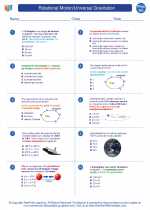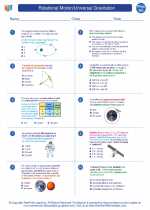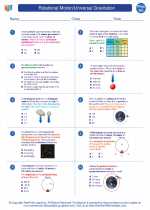Pseudopodia
Pseudopodia (singular: pseudopodium) are temporary, arm-like projections of a cell membrane that are used for movement and capturing food. The term "pseudopodia" comes from the Greek words "pseudes," meaning false, and "pous," meaning foot, which accurately describes their function as false feet for movement.
Structure of Pseudopodia
Pseudopodia are primarily found in single-celled organisms such as amoebas and some types of white blood cells. They are composed of cytoplasm, the gel-like substance within the cell, and are surrounded by a thin layer of cell membrane. The cytoplasm within the pseudopodium can flow in the direction of movement, allowing the cell to change its shape and propel itself forward.
Function of Pseudopodia
Pseudopodia serve two main functions:
- Motility: Pseudopodia enable the cell to move and change its position. The formation of pseudopodia involves the extension of the cell membrane and cytoplasm in the direction of movement, followed by the retraction of the trailing edge, resulting in a crawling motion.
- Phagocytosis: Some cells, particularly certain types of white blood cells, use pseudopodia to engulf and ingest particles such as bacteria or debris. This process, known as phagocytosis, helps in the cell's defense and immune responses.
Role of Pseudopodia in Physiology
The ability of cells to form pseudopodia is crucial for various physiological processes. For example, in the immune system, white blood cells use pseudopodia to migrate towards sites of infection or inflammation, enabling them to engulf and destroy pathogens. In addition, pseudopodia are involved in the movement and feeding of amoebas, allowing them to capture and engulf food particles.
Study Guide for Pseudopodia
When studying pseudopodia, consider the following key points:
- Understand the structure of pseudopodia, including the composition of cytoplasm and the role of the cell membrane.
- Explore the functions of pseudopodia in cell motility and phagocytosis.
- Examine the physiological importance of pseudopodia in processes such as immune responses and feeding in single-celled organisms.
- Compare and contrast the use of pseudopodia in different cell types, such as amoebas and white blood cells.
By understanding the structure and function of pseudopodia, you can appreciate their significance in cellular movement and physiology.
.◂Physics Worksheets and Study Guides High School. Rotational Motion/Universal Gravitation

 Worksheet/Answer key
Worksheet/Answer key
 Worksheet/Answer key
Worksheet/Answer key
